Minestrone, a traditional Italian vegetable soup, is a hearty and wholesome dish that has captured hearts around the world. Known for its rich medley of vegetables, beans, and pasta, this comforting soup is as versatile as it is flavorful. Adapting minestrone to fit a halal lifestyle is simple, allowing you to enjoy its vibrant Italian flavors while staying true to your dietary choices.
In this article, we’ll explore the origins of minestrone, highlight what makes it uniquely Italian, review its taste and nutritional value, and share a step-by-step recipe for creating your own halal version at home. We’ll also address common haram components of the dish and provide easy halal alternatives.
What Makes Minestrone Special?
Minestrone is much more than a soup—it’s a celebration of Italy’s agricultural bounty. This dish originated as a peasant meal, made from whatever seasonal vegetables were on hand. Over time, it evolved into a staple of Italian cuisine, with each region adding its own unique touch.
Today, minestrone is beloved for its:
- Versatility: Use seasonal produce or pantry staples to craft your own version.
- Wholesome Ingredients: Packed with vegetables, beans, and pasta, it’s a nutritional powerhouse.
- Rich, Layered Flavors: Simmering the ingredients together creates a depth of flavor that feels like a warm hug in a bowl.
Halal Considerations for Minestrone
Common Haram Components
Traditional minestrone recipes often include ingredients or processes that may not align with halal guidelines, such as:
- Pancetta or Bacon: Used for flavor, these pork-based products are haram.
- Broth: Some recipes call for non-halal chicken or beef broth.
- Alcohol: Occasionally, wine is used for deglazing or added to enhance flavor.
Halal Alternatives
- Beef Bacon or Turkey Bacon: Provides the smoky, savory flavor of pancetta without pork.
- Halal Broth: Use halal-certified vegetable, chicken, or beef broth to add depth.
- Omit Alcohol: Skip the wine and rely on seasonings like smoked paprika, garlic, and herbs to achieve a robust flavor profile.
Taste and Nutritional Review
Taste
Halal minestrone is a flavor-packed experience. The base, made from fresh vegetables and halal broth, is brightened by a mix of Italian herbs like basil and oregano. The beans provide creaminess, while the pasta adds texture. For a finishing touch, a drizzle of olive oil or grated halal Parmesan brings everything together.
Nutritional Value
- High in Fiber: Thanks to beans, pasta, and vegetables, this soup supports digestive health.
- Rich in Vitamins: Seasonal produce ensures a good supply of vitamins A, C, and K.
- Low in Fat: By skipping haram meat or using lean alternatives, it’s a heart-healthy option.
Recipe: Halal Minestrone Soup
Halal Minestrone
Course: SoupsCuisine: ItalianDifficulty: Medium4
servings15
minutes30
minutes350
kcalA hearty Italian soup with halal ingredients.
WHAT YOU’LL NEED
- Vegetables:
2 tablespoons olive oil
1 medium onion, diced
2 cloves garlic, minced
2 medium carrots, diced
2 stalks celery, chopped
1 medium zucchini, diced
1 cup green beans, trimmed and halved
- Base:
4 cups halal vegetable or chicken broth
1 can (14 oz) diced tomatoes
1 tablespoon tomato paste
1 teaspoon dried basil
1 teaspoon dried oregano
Salt and pepper to taste
- Beans and Pasta:
1 can (14 oz) cannellini beans, drained and rinsed
1 can (14 oz) red kidney beans, drained and rinsed
1 cup small pasta (e.g., ditalini, macaroni, or orzo)
- Garnish:
Fresh basil leaves
Grated halal Parmesan cheese (optional)
STEPS TO FOLLOW
- Prepare the Base
- Heat olive oil in a large pot over medium heat. Add the onion, garlic, carrots, and celery, sautéing until softened, about 5 minutes.
- Build the Flavor
- Stir in zucchini, green beans, diced tomatoes, and tomato paste. Add basil, oregano, salt, and pepper. Cook for 2 minutes to release the flavors.
- Simmer the Soup
- Pour in the halal broth and bring to a boil. Reduce the heat to low and let the soup simmer for 20 minutes.
- Add Beans and Pasta
- Stir in the beans and pasta. Continue cooking until the pasta is tender, about 10 minutes.
- Serve and Enjoy
- Ladle the soup into bowls and garnish with fresh basil and grated halal Parmesan. Serve with crusty bread or crackers for a complete meal.
PERSONAL NOTES
Tips for Perfect Minestrone
- Use Fresh Ingredients
- Seasonal produce enhances the flavor and texture of the soup.
- Make It Ahead
- Minestrone tastes even better the next day as the flavors meld.
- Customizable Pasta
- Swap the pasta for whole wheat or gluten-free options to suit your dietary needs.
- Add a Protein Boost
- Include halal chicken, turkey sausage, or chickpeas for extra protein.
Essential Kitchen Tools
To make the perfect halal minestrone, consider using these tools:
- Large Dutch Oven or Stockpot: Ideal for evenly cooking soups and stews.
- Sharp Chef’s Knife: Makes chopping vegetables effortless.
- Ladle: Perfect for serving soup without mess.
- Immersion Blender: For a creamy twist, blend part of the soup.
- Airtight Containers: Store leftovers for easy meal prep.
Serving Suggestions
Halal minestrone pairs beautifully with:
- Crusty Bread: Use a warm baguette or halal garlic bread to soak up the flavorful broth.
- Side Salad: A crisp green salad adds freshness to the meal.
- Grilled Halal Sausage: Serve as a side for a heartier dinner.
Final Thoughts
Halal minestrone is more than a soup—it’s a celebration of wholesome ingredients and timeless Italian culinary traditions. Whether you’re serving it for a cozy family meal or meal-prepping for the week, this recipe delivers both flavor and nutrition.
With the right tools and halal-friendly adaptations, you can bring this comforting classic to your table and savor a taste of Italy in every spoonful. Ready to try this recipe? Gather your ingredients, follow the steps, and enjoy the satisfaction of a home-cooked halal minestrone!

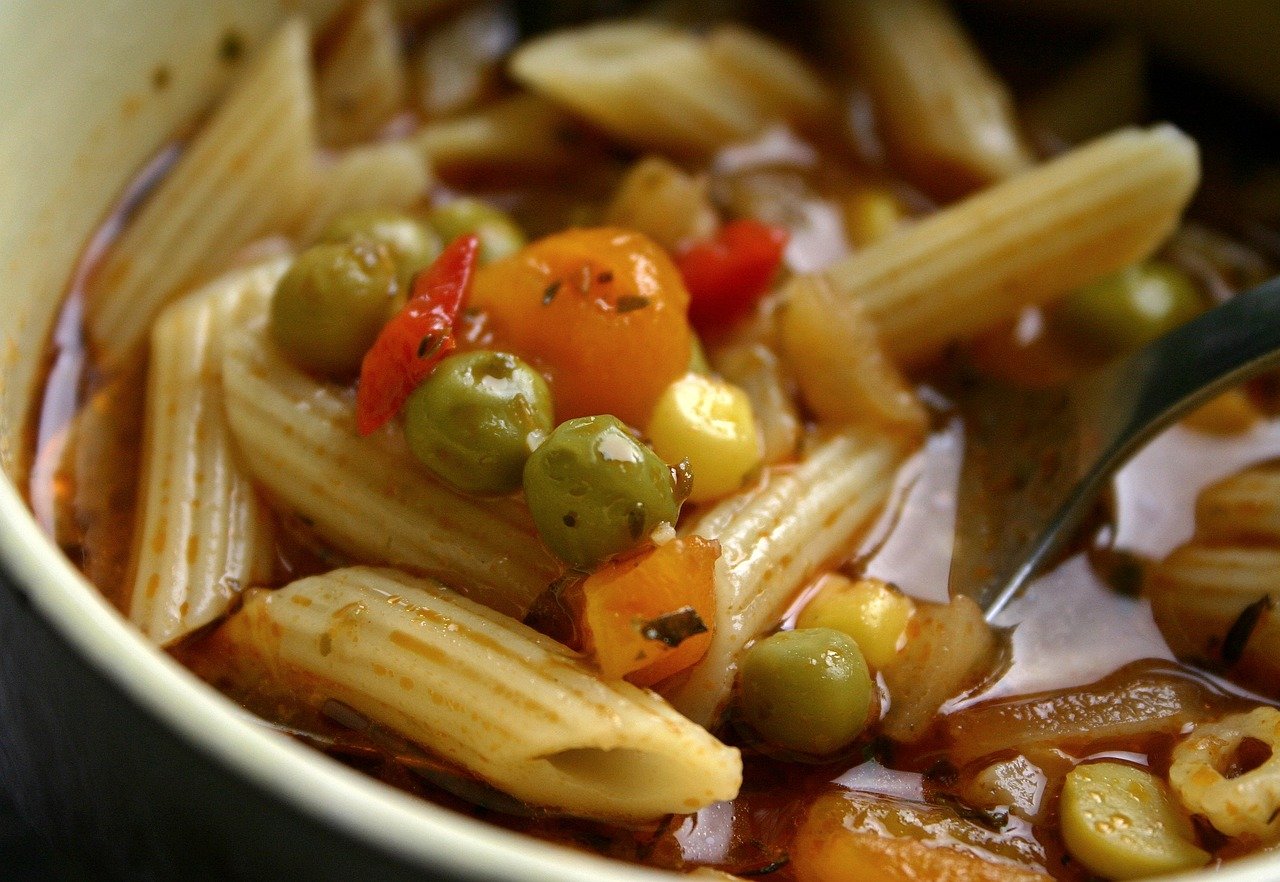
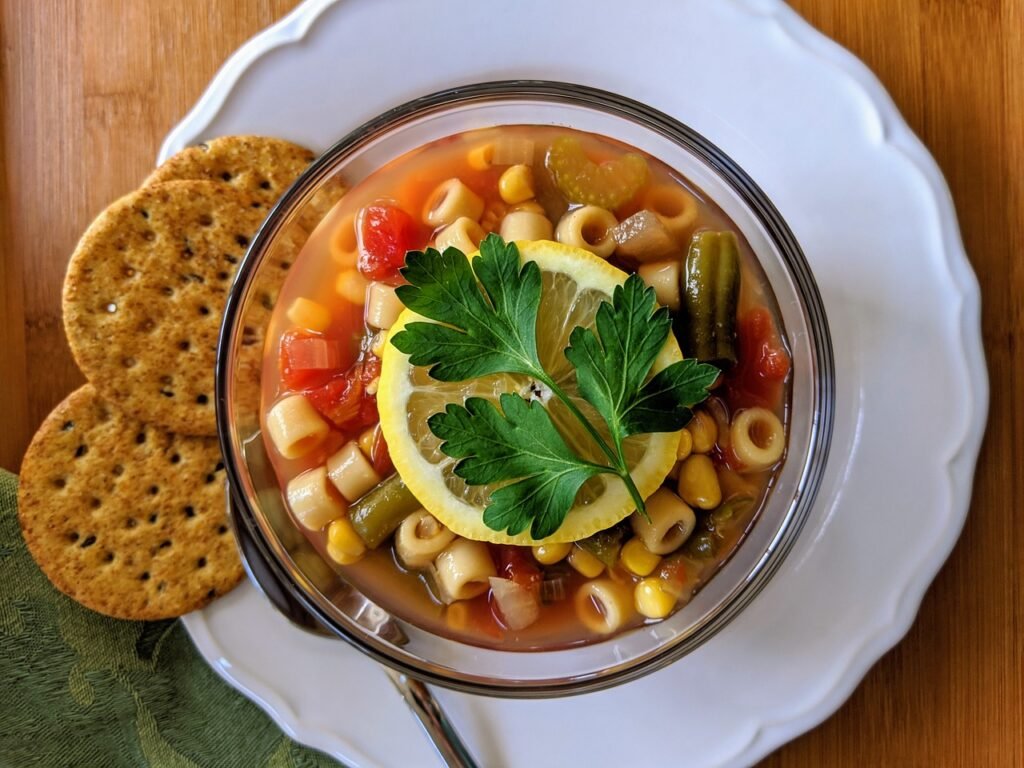
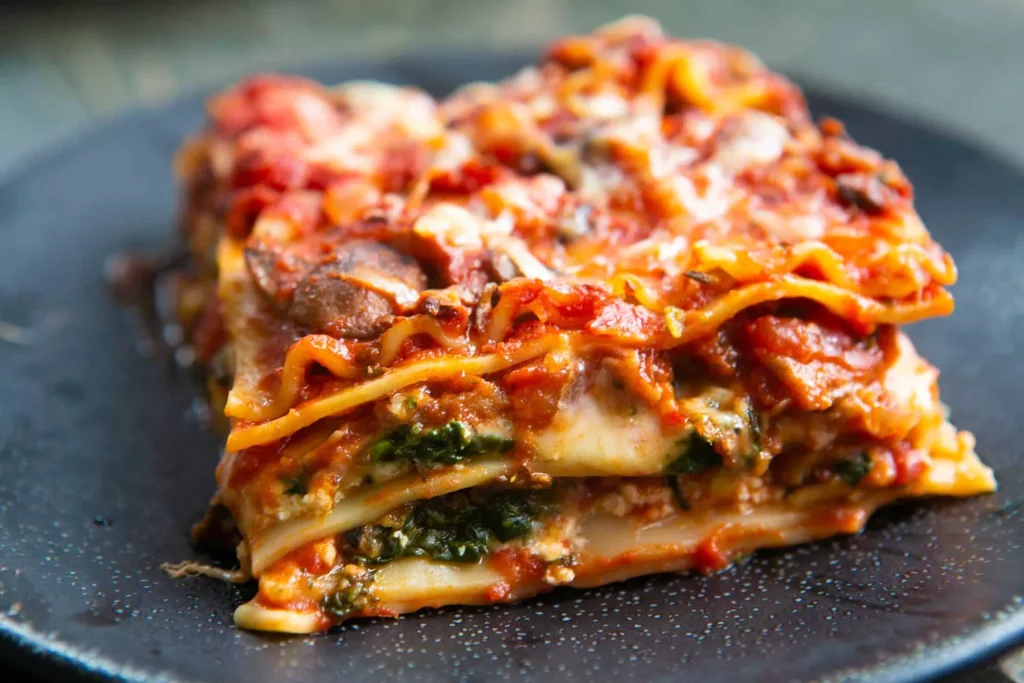
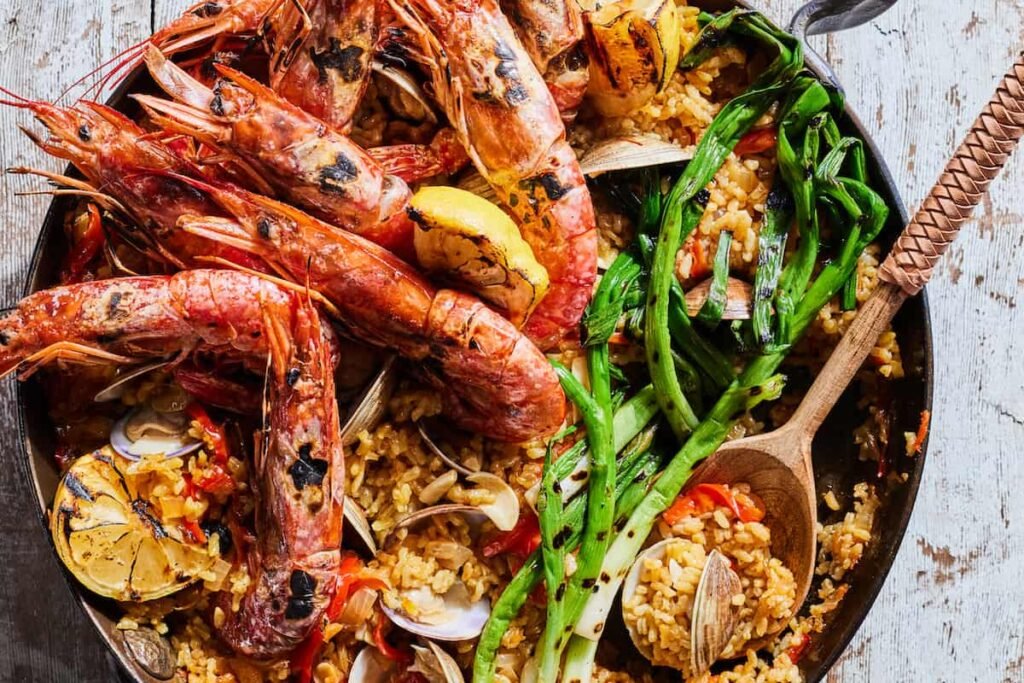




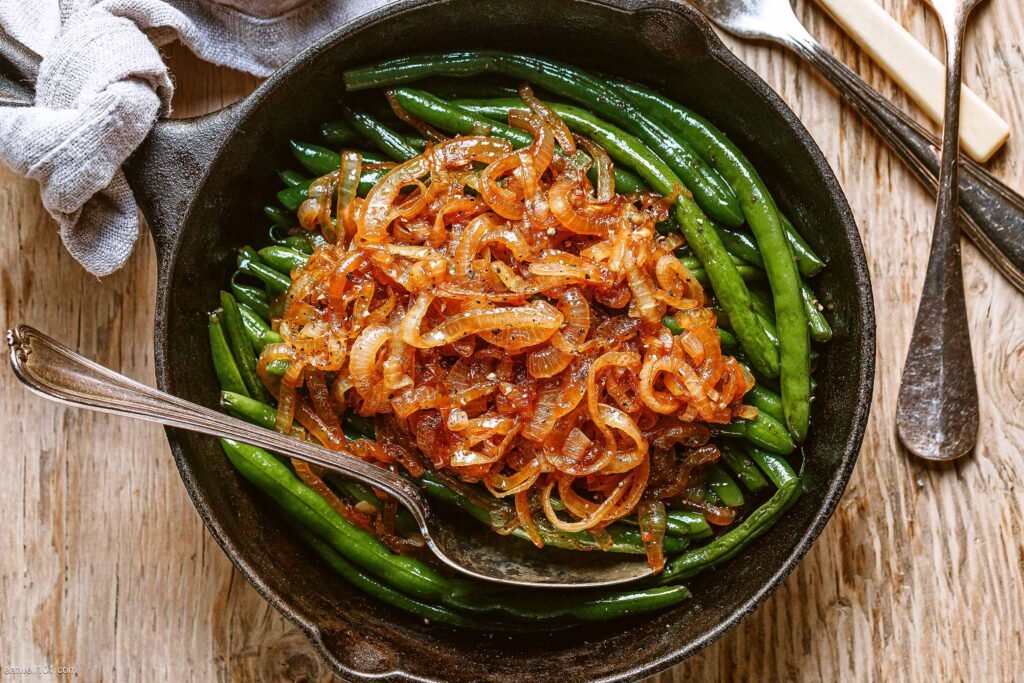
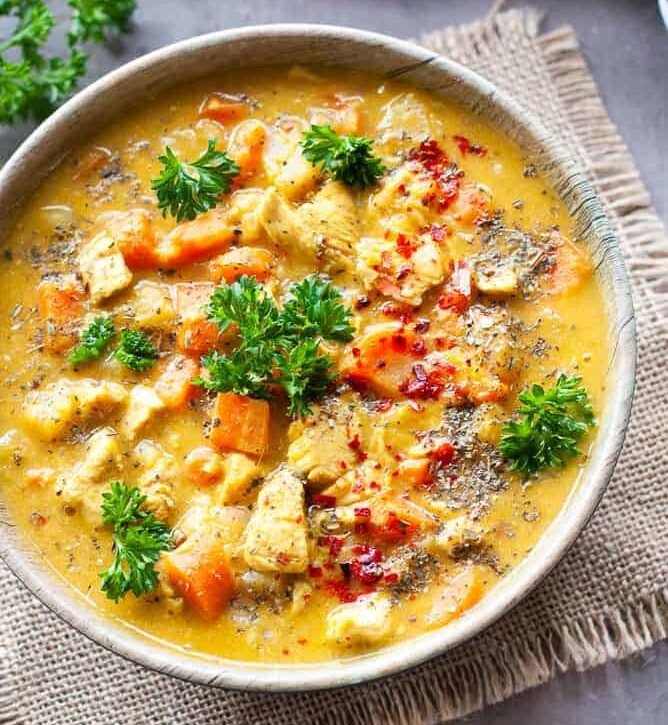
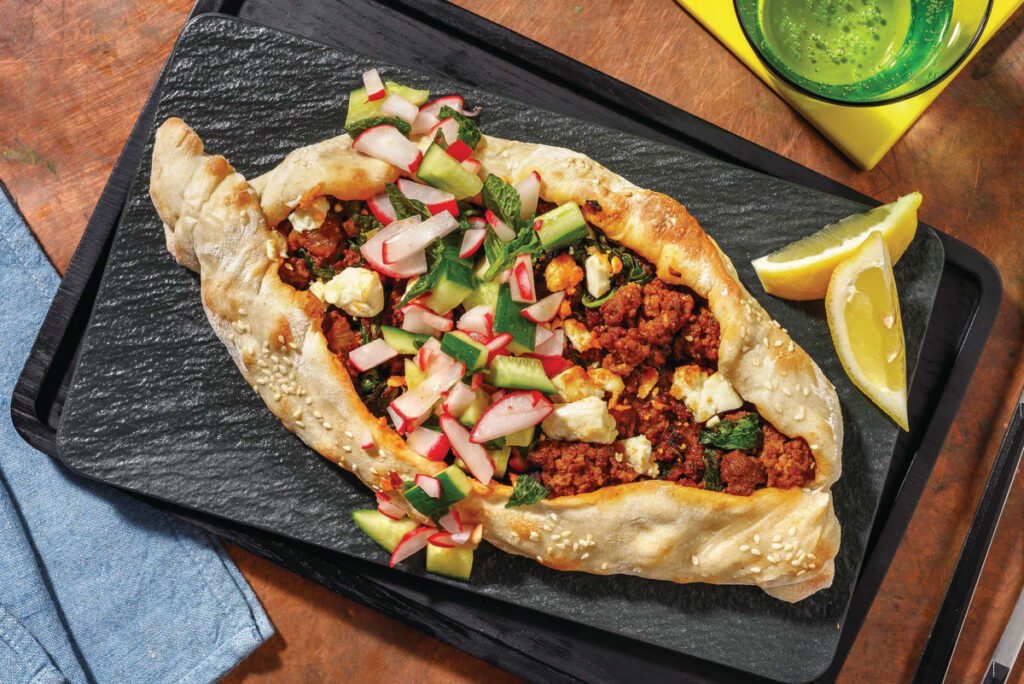
Leave a Reply